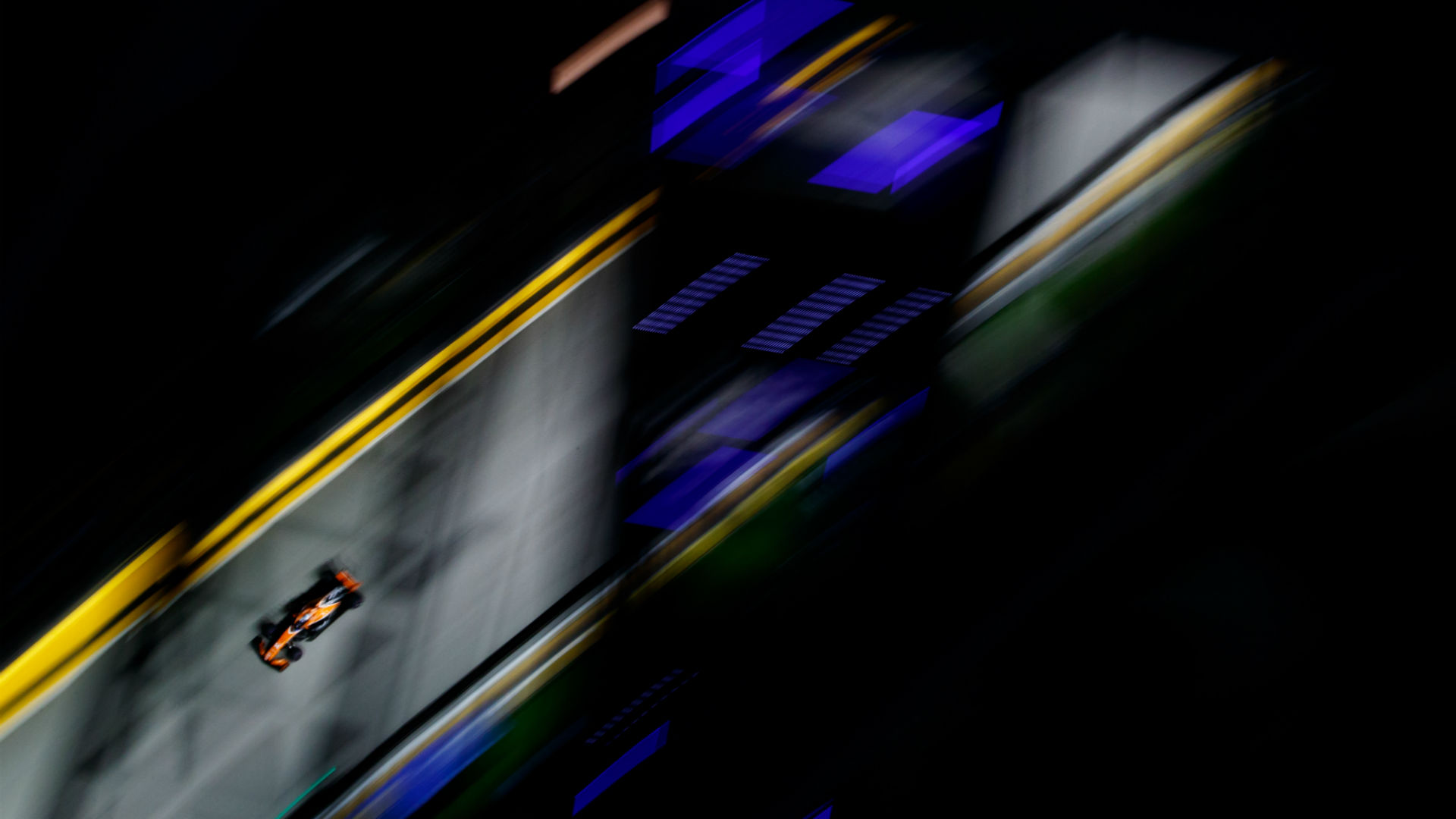

It’s no secret that Formula One has the highest level of technology in racing. The science used in the series goes beyond simple aerodynamics and efficiency by breaking records and, sometimes, race tracks. Tech research and development budgets are monumental for the sport’s top competitors, and it’s because of this that we see the world’s fastest cars around a circuit at Grand Prix races. Thanks to this continued dedication to technological advancement, F1 will soon set the stage for the world’s biggest science project.
At Sunday’s Singapore Grand Prix, teams will be relaying real-time data to track-side, pit lane, and international factories. This information will be used to improve engine and aero designs by helping teams observe how current cars react to race conditions right when it’s happening, as CNBC reports.
Ian Rhodes, CEO of McLaren Applied Technologies, is the man behind this trick equipment. Each team will use his firm’s technology to send out data from the island-nation’s city-circuit, a track that’s been deemed one of the toughest on the calendar. He explained that “we will be seeing about 10 terrabytes of data float through the system, which makes it the biggest science project on the planet for that period of time, eclipsing even the human genome project.”
Every bit of this data will be sent back and forth during the 90-minute race session, making it hugely dense as far as time and information goes.

“Each mission control unit will probably run 300,000 simulations — live — during the race to constantly advise their team on what to do next,” Rhodes claimed.
Rhodes mentioned that this will allow teams to monitor parameters such as tire wear and when engine power should be increased or decreased, all from a remote location away from the track. This is a significant advance from F1 tech just a few years ago which shows the steady growth of computers and electronics in motorsport.